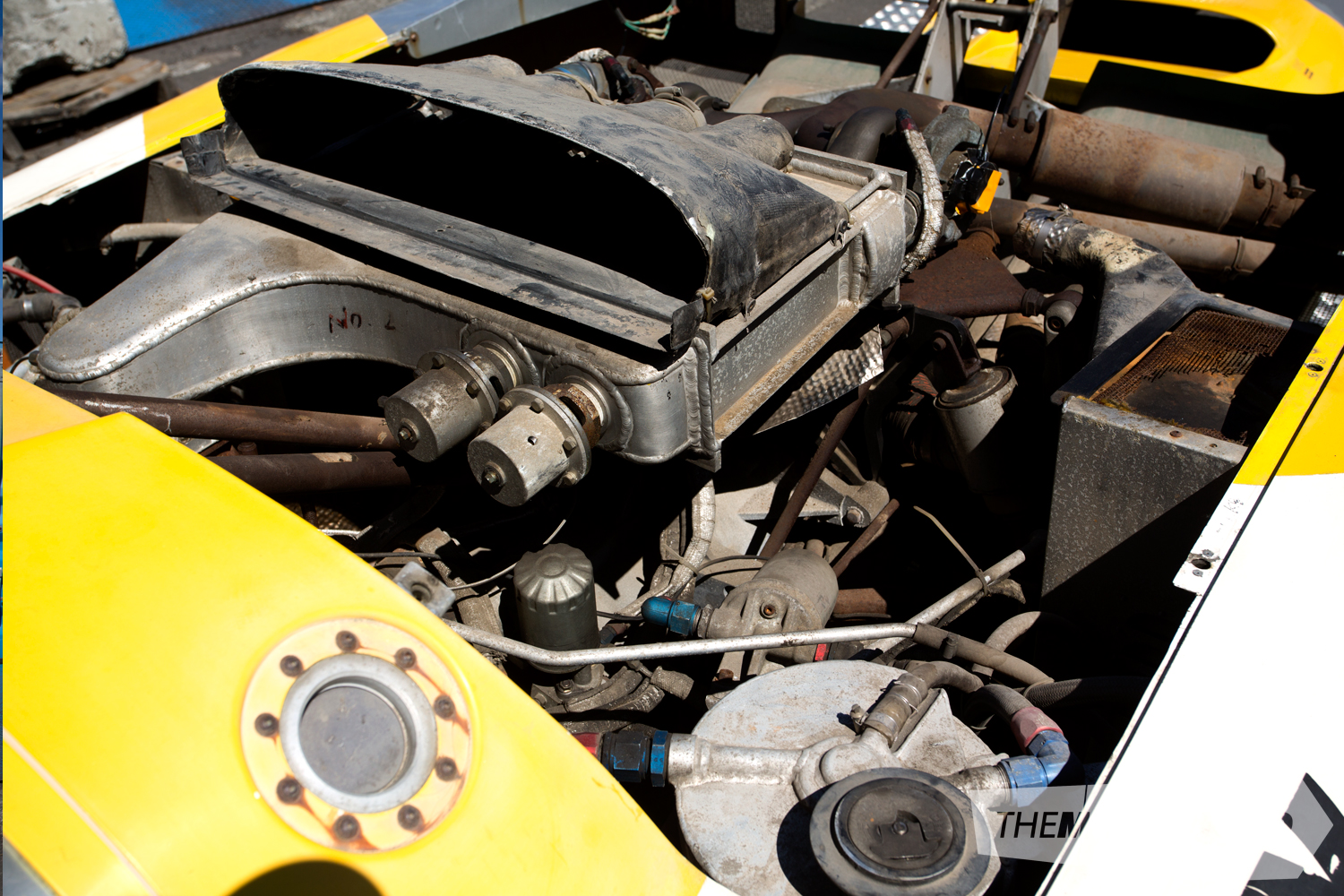Matakana-based Mortimer Motorsport has just landed a very special restoration project from Japan in the form of a Mazdaspeed Group C car that was raced at Le Mans by the famous Yoshimi Katayama and co-driver Takashi Yorino in the 1984 Fuji 1000.

The No. 17 car was the first-and-only Group C from Mazdaspeed to run a twin turbocharged 13B. They developed the turbo engine package to combat the powerful V6s released by the likes of Nissan and Toyota, before secretly developing the 20B engine right under Mazda’s nose.

The twin-turbo 13B was effectively the development engine for the motor and turbo found in later-released FC RX-7s. It made 500hp and 442Nm of torque, but Mazdaspeed still wanted more, hence the development of the 20B.

The car ran 153 laps of the Fuji event before a turbo failure saw it withdraw from the race. High temperatures produced by the rotary (and the lack of exotic materials available at the time that could handle that level of heat) were the cause of the failure. The placings during the race were not of great concern to Mazda (although the race team probably thought otherwise); the reason they competed in endurance racing was to develop reliable components for their road-going cars, and what better test than by driving 1000 kilometres at race pace.

Mazdaspeed commissioned the chassis from top British company March, and there were seven chassis built of the 84G — the Katayama car bearing the 84G 07 chassis tag.

And 30 years later we were there as the car was rolled out of the container in New Zealand after Warwick Mortimer and his team had managed to purchase the car from a private source in Japan, and, as Warrick told us, “Mazda Japan was extremely disappointed they didn’t have the chance to purchase the car first”.

Sadly the car has spent some time exposed to the elements, but for its age it’s not in too bad condition, and over the next 15 months Mortimer Motorsport will completely tear down and rebuild the car to its 1984 glory. A deadline of April 2016 has been set to allow time for shipping to compete at the Le Mans Classic in June, and then it will go on to Japan for a festival at Fuji Speedway and another at Suzuka.

We will be following the progress of this very special project over the coming year, so expect a few more updates as everything comes apart and goes back together. If you ask us we are happy that Mazda Japan missed out on the chance to buy it, as now we get to witness the rebuild right here on our back doorstep.






